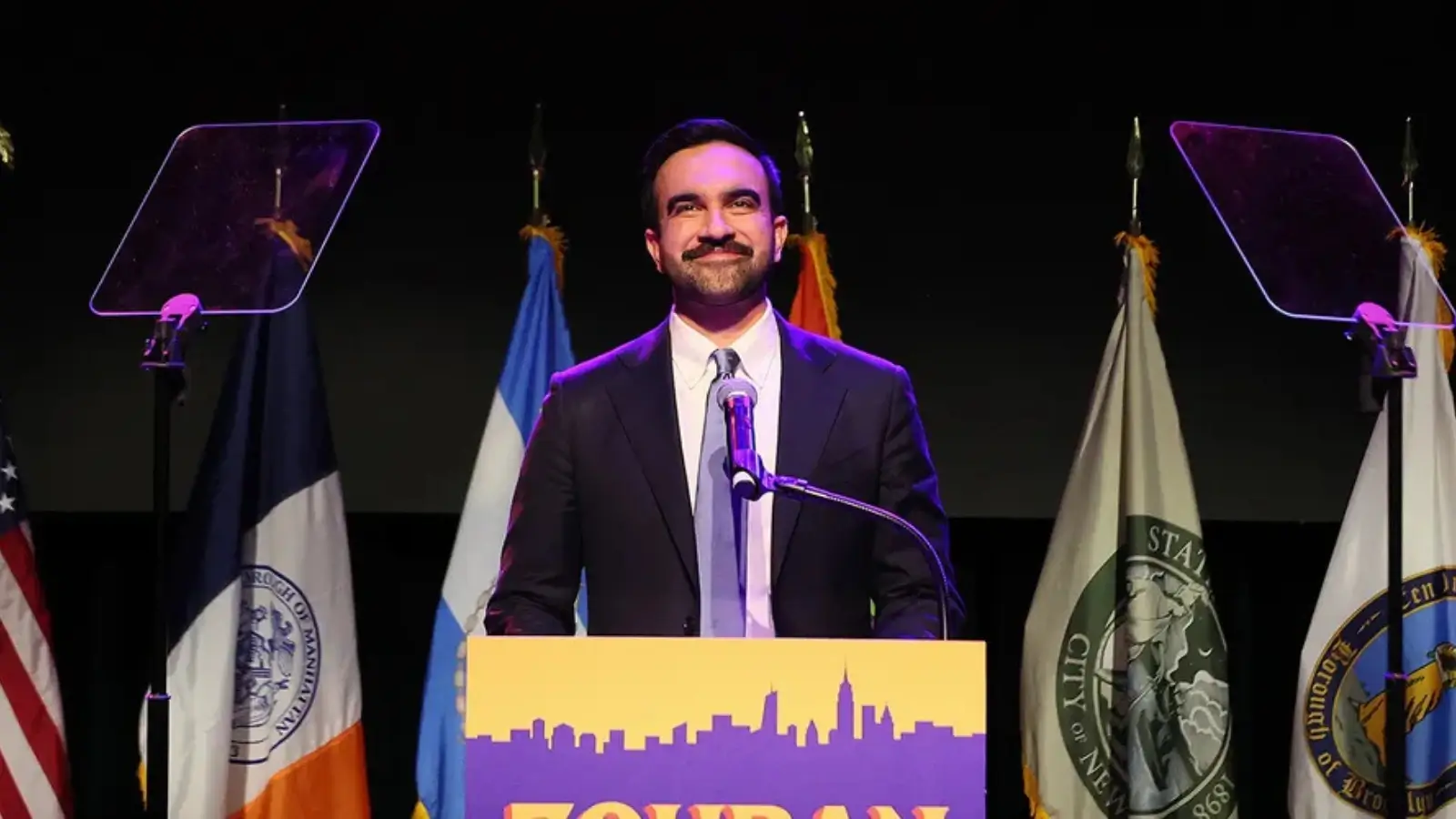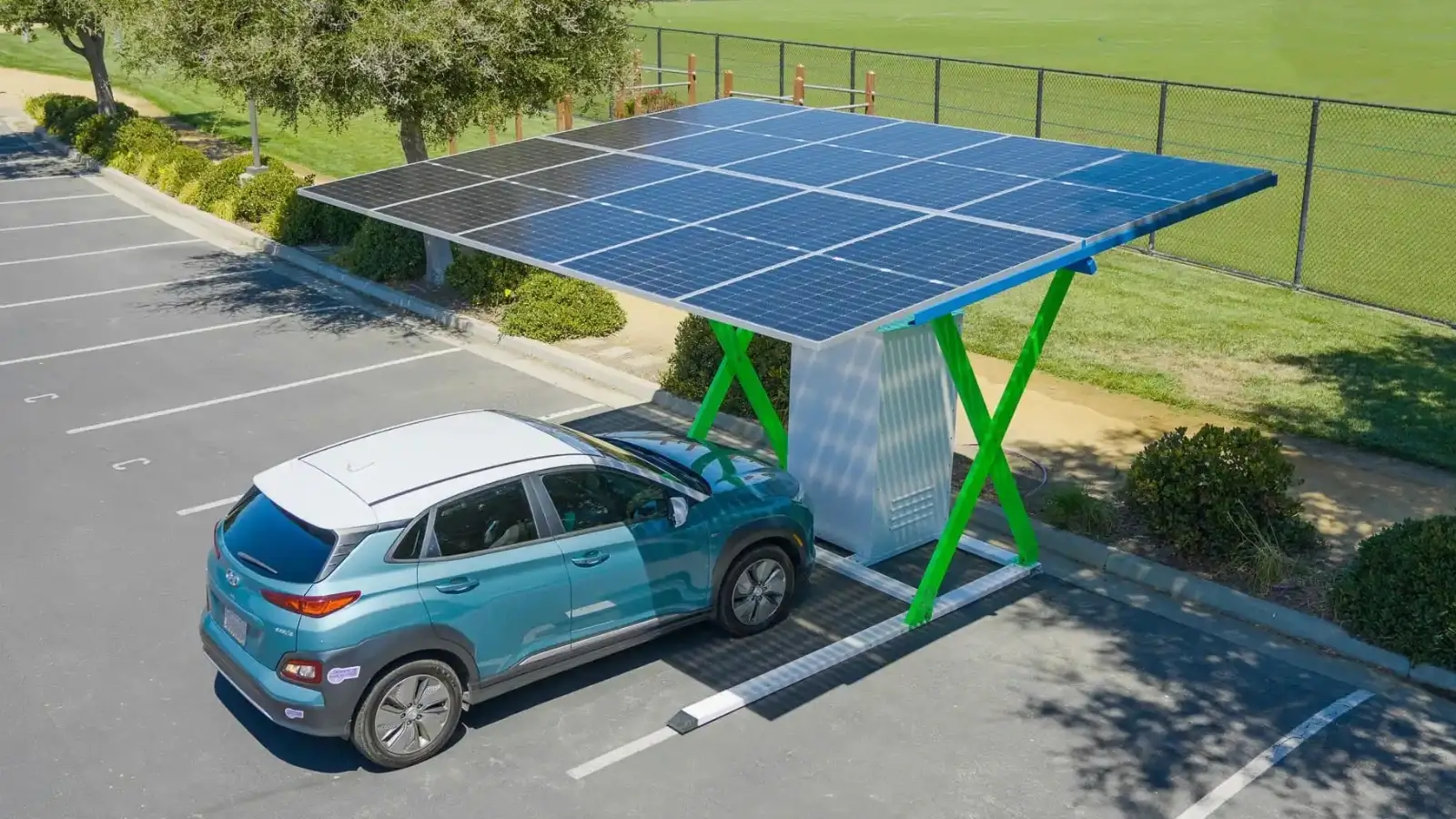


What if the road beneath your car could think, adapt, and even help the planet? Across California, that idea is becoming reality as highways and city streets evolve into intelligent, eco-conscious systems. Smart roads now collect data, optimize traffic flow, and integrate clean energy, all while improving safety for drivers, cyclists, and pedestrians.
This transformation represents more than new technology, it’s a reimagining of how infrastructure supports both people and the environment, creating a model for sustainable mobility that other regions are starting to follow.
Smart roads are designed to collect and share information that makes transportation more efficient and safer for everyone. Embedded sensors, cameras, and communication systems feed real-time data to traffic control centers, helping them manage congestion, detect hazards, and even coordinate emergency responses faster.
These systems can monitor everything from traffic flow and road temperature to air quality, giving city planners a clearer view of how roads are used and how they can be improved. But smart infrastructure isn’t only about gathering data, it’s about acting on it instantly.
Connected traffic lights adjust timing based on vehicle volume, while digital signs update drivers with accurate travel times and alerts. Some pilot roads even communicate directly with vehicles, warning them about sudden slowdowns or dangerous weather conditions ahead. The ultimate goal is to create an ecosystem where roads, vehicles, and traffic systems work together to move people safely and efficiently while reducing environmental impact.
The shift toward sustainability in road construction starts beneath the surface. Engineers are rethinking traditional materials and turning to recycled asphalt, low-carbon concrete, and designs that help manage stormwater naturally.
These materials reduce carbon emissions during production and extend the lifespan of roads, cutting long-term maintenance waste. Some regions are experimenting with heat-reflective coatings that help lower surface temperatures, a small change that can reduce urban heat islands and improve comfort for nearby neighborhoods.
Green road design also looks beyond pavement. Infrastructure now incorporates features like permeable surfaces that allow rain to filter back into the ground and roadside greenery that improves air quality. Even the energy used for lighting and signals is becoming cleaner through solar power and energy-efficient LEDs. Together, these upgrades show that sustainability isn’t just about electric cars, it’s built into the roads we drive on every day.
California’s highways are gradually turning into clean energy corridors designed for the age of electric mobility. Fast-charging stations now line major routes, ensuring drivers can travel long distances without worrying about range.
These stations are increasingly powered by renewable energy sources, helping to reduce the carbon footprint of each mile driven. As more electric vehicles hit the road, the state’s charging network is expanding to keep pace with demand and ensure that clean energy travel becomes the norm rather than the exception.
The integration of smart grids and connected systems makes this transition even smoother. Charging stations communicate with power networks to manage energy use efficiently, preventing strain on the grid during peak hours.
Drivers can locate and reserve chargers in real time through connected platforms, reducing wait times and travel uncertainty. The result is a transportation system that blends energy innovation with convenience, one that supports cleaner vehicles while improving reliability for the people who drive them.
Smart roads are designed with safety at the core, using technology to protect not just drivers but also pedestrians and cyclists. Embedded sensors and connected crosswalks can detect motion and alert oncoming vehicles to potential dangers, helping reduce accidents in busy intersections. Yet when accidents happen despite these improvements, consulting a car accident lawyer in Ventura, Oxnard, or Camarillo can be crucial for understanding your options and pursuing fair compensation.
Advanced warning systems provide real-time updates about road conditions, debris, or sudden slowdowns ahead, giving drivers more time to react. These innovations make transportation systems more forgiving of human error, the main factor in most collisions.
Pedestrian safety is gaining particular attention in the design of future roadways. Intelligent crosswalks, better lighting, and responsive signaling help ensure people can move safely through high-traffic zones.
For cyclists, smart lanes with detection systems and adaptive signals make commuting more predictable and secure. Together, these upgrades show that technology’s role in transportation isn’t limited to efficiency, it’s about saving lives and creating a more balanced, inclusive road environment for everyone.
Modern infrastructure isn’t just about individual roads, it’s about connecting every mode of transportation into one cohesive system. Smart mobility networks use shared data to coordinate public transit, car traffic, and smaller-scale options like scooters or shuttles.
This helps reduce congestion by giving people real alternatives to driving alone. When buses, trains, and cars operate on synchronized schedules, the entire system becomes more efficient and predictable.
At the same time, apps and smart planning tools are making it easier for travelers to combine different types of transportation. Someone can check real-time bus arrivals, locate available e-bikes nearby, and navigate the fastest route, all in one place.
These small conveniences add up to fewer vehicles on the road, shorter commutes, and cleaner air. The evolution toward integrated, data-driven mobility reflects a simple but powerful idea: the smartest city streets are those that make movement easy, efficient, and accessible to all.
The next few decades are likely to bring even more dramatic changes to how roads are built and used. Wireless charging lanes could allow electric vehicles to power up as they drive, eliminating the need for long stops.
Self-healing materials made from advanced composites might automatically repair cracks, extending the life of highways and reducing maintenance costs. Roads may also communicate directly with autonomous vehicles, coordinating speed and spacing to eliminate traffic jams almost entirely.
These innovations will work hand in hand with smarter city planning. Real-time digital models of infrastructure could help manage energy use, traffic flow, and environmental conditions simultaneously.
By 2040, roads may become active participants in how communities function, generating power, cleaning stormwater, and protecting travelers through predictive safety systems. While the vision sounds futuristic, many of these technologies are already being tested today, showing just how close the future of sustainable, intelligent infrastructure really is.
California’s journey toward smarter, greener roads shows how innovation and sustainability can move in the same direction. By combining data-driven technology, renewable energy, and people-focused design, the state is creating transportation networks that are safer, cleaner, and more efficient.
Each upgrade, from adaptive traffic systems to eco-friendly materials, brings the vision of sustainable mobility closer to everyday life. The roads of the future aren’t just built to carry vehicles, they’re built to carry progress, one smart mile at a time.